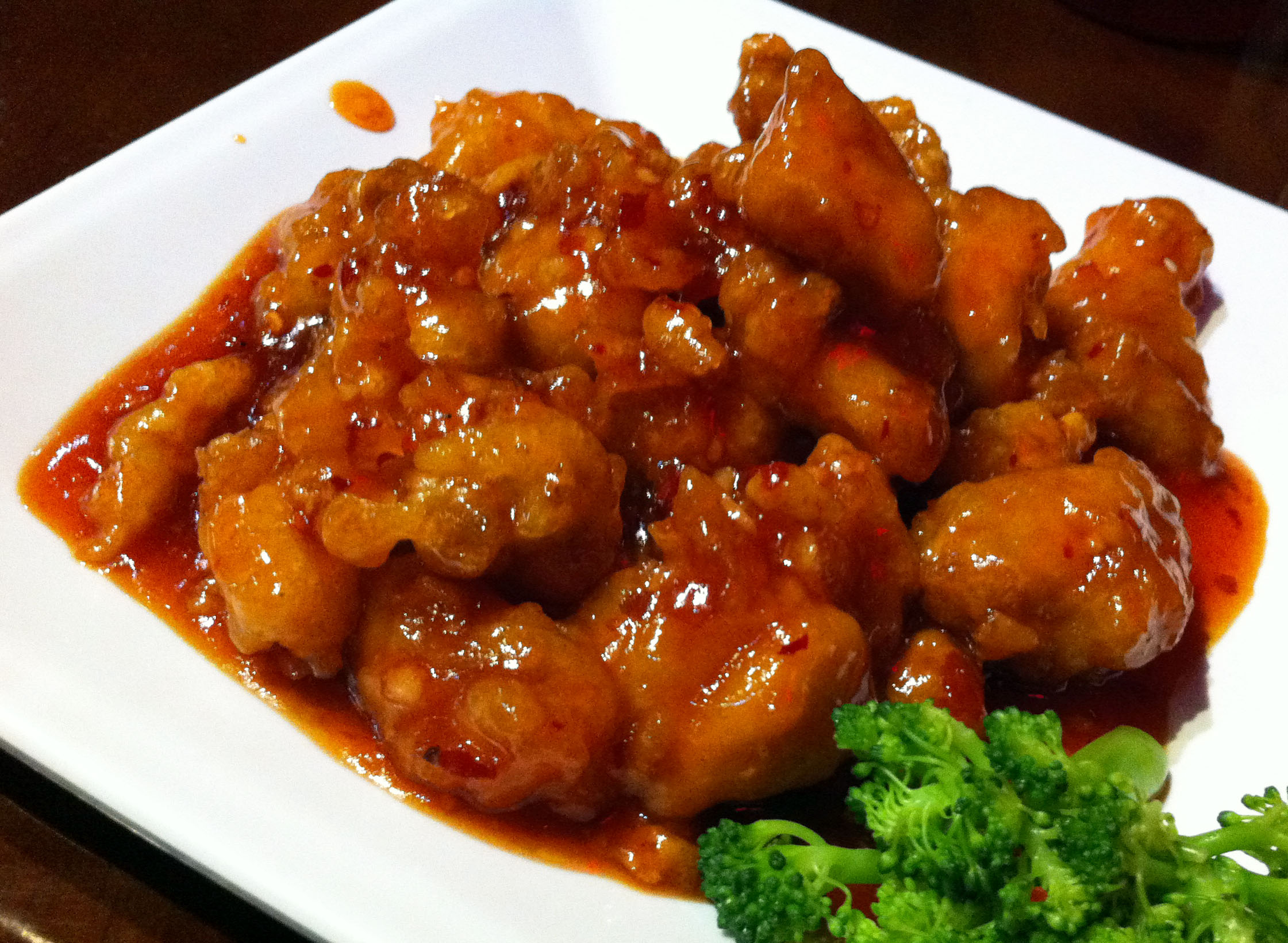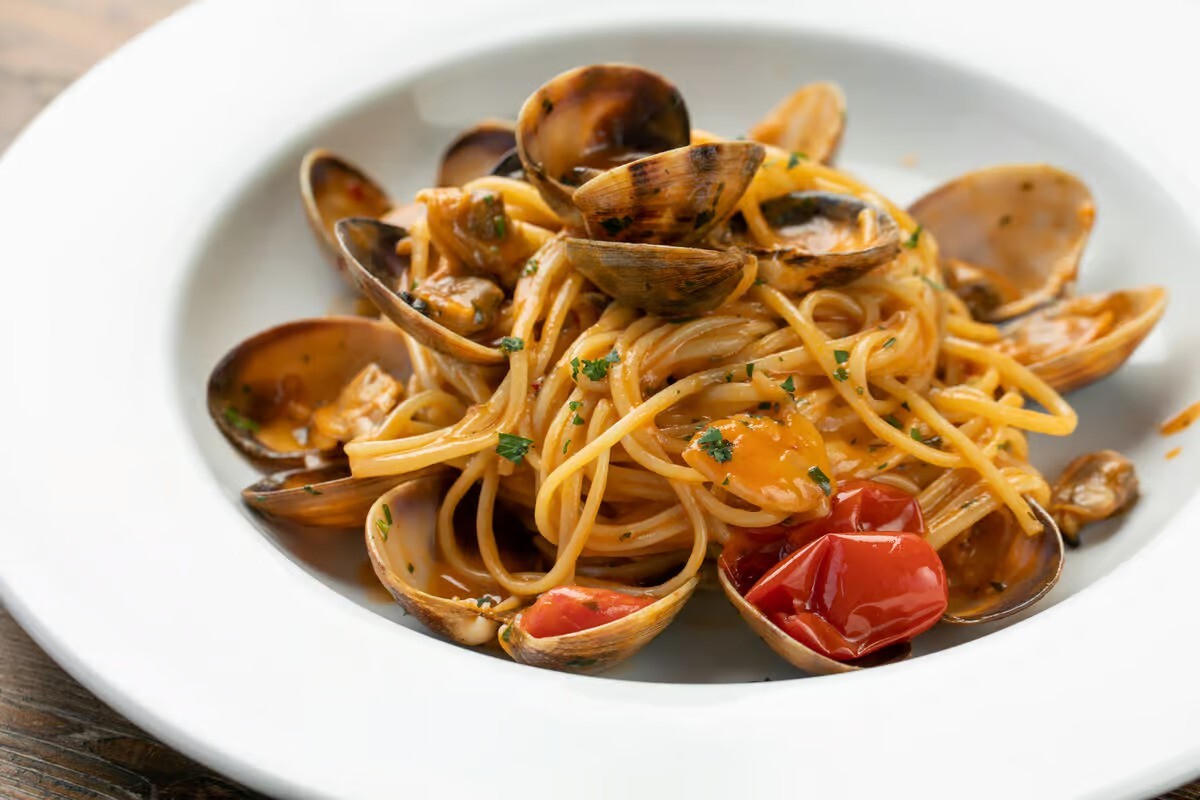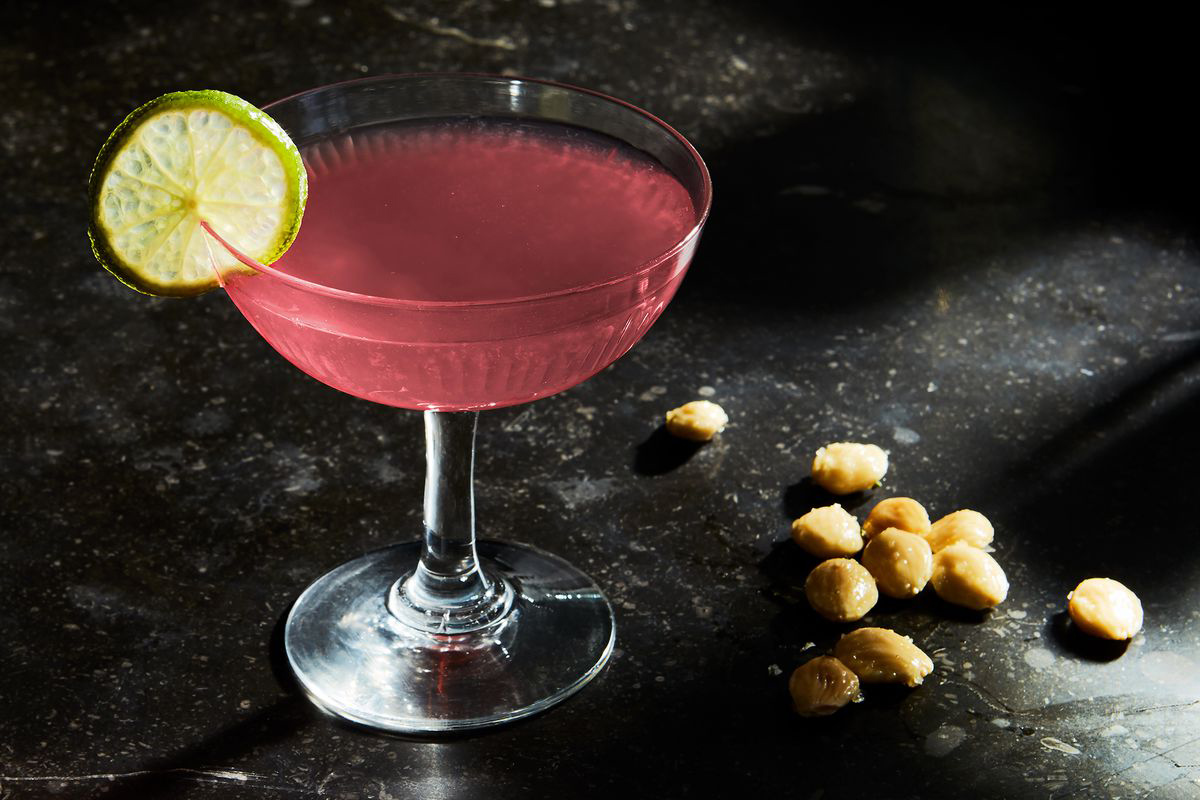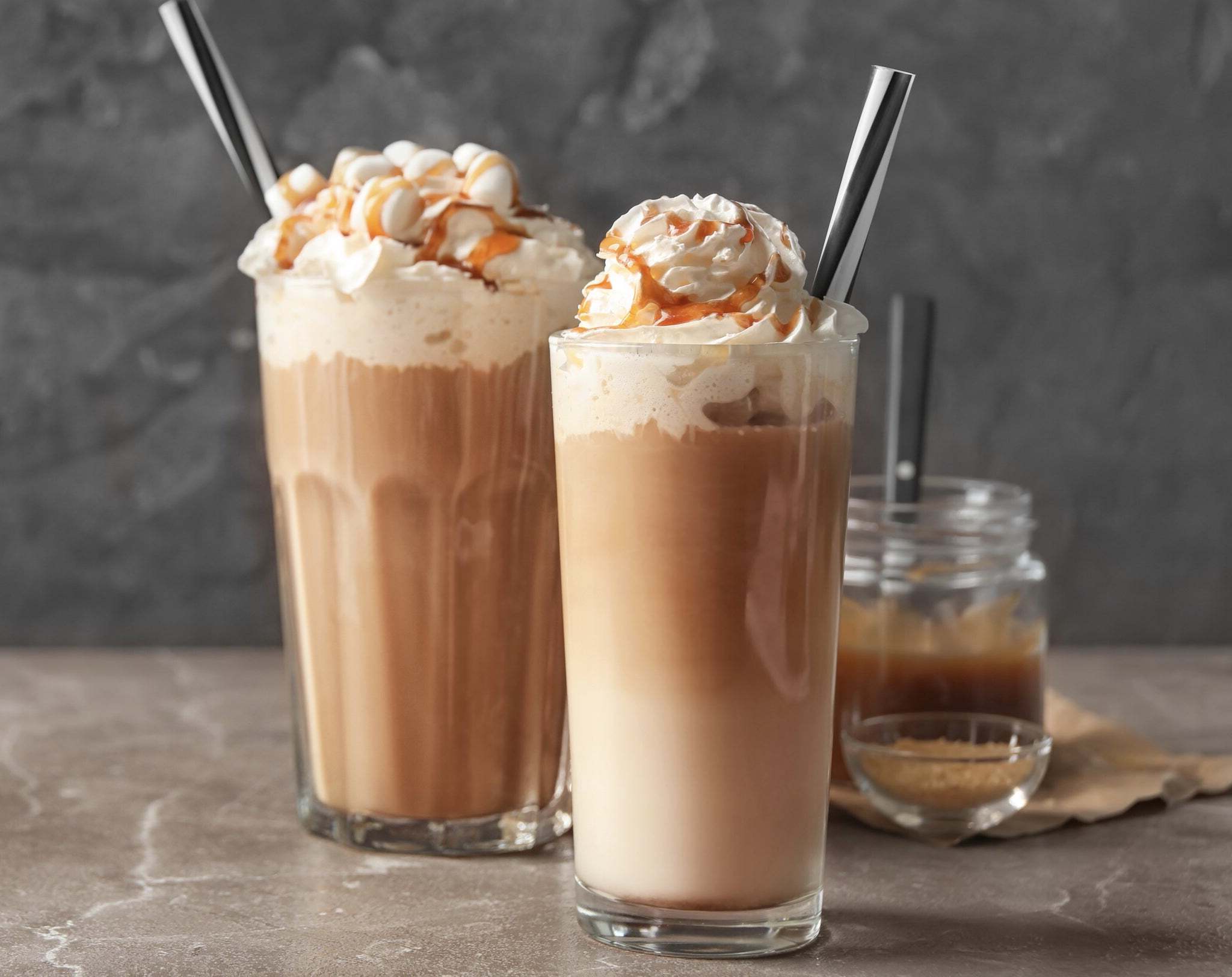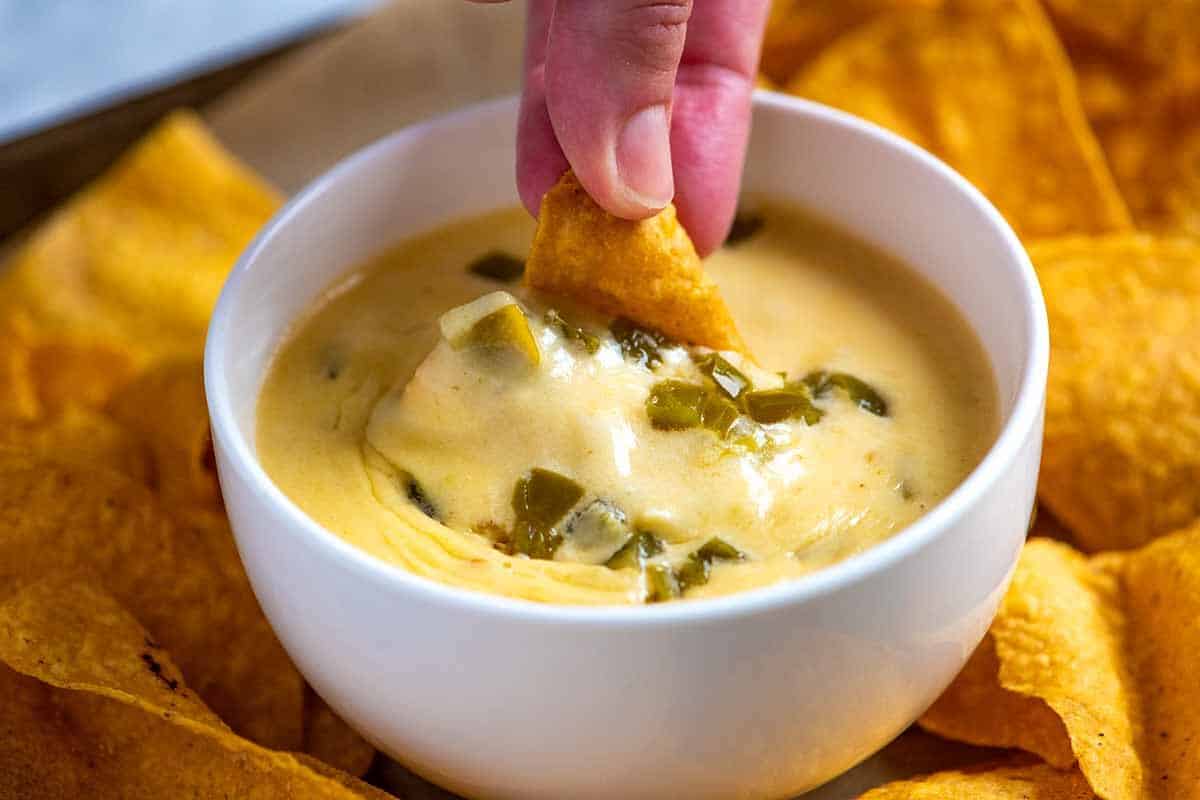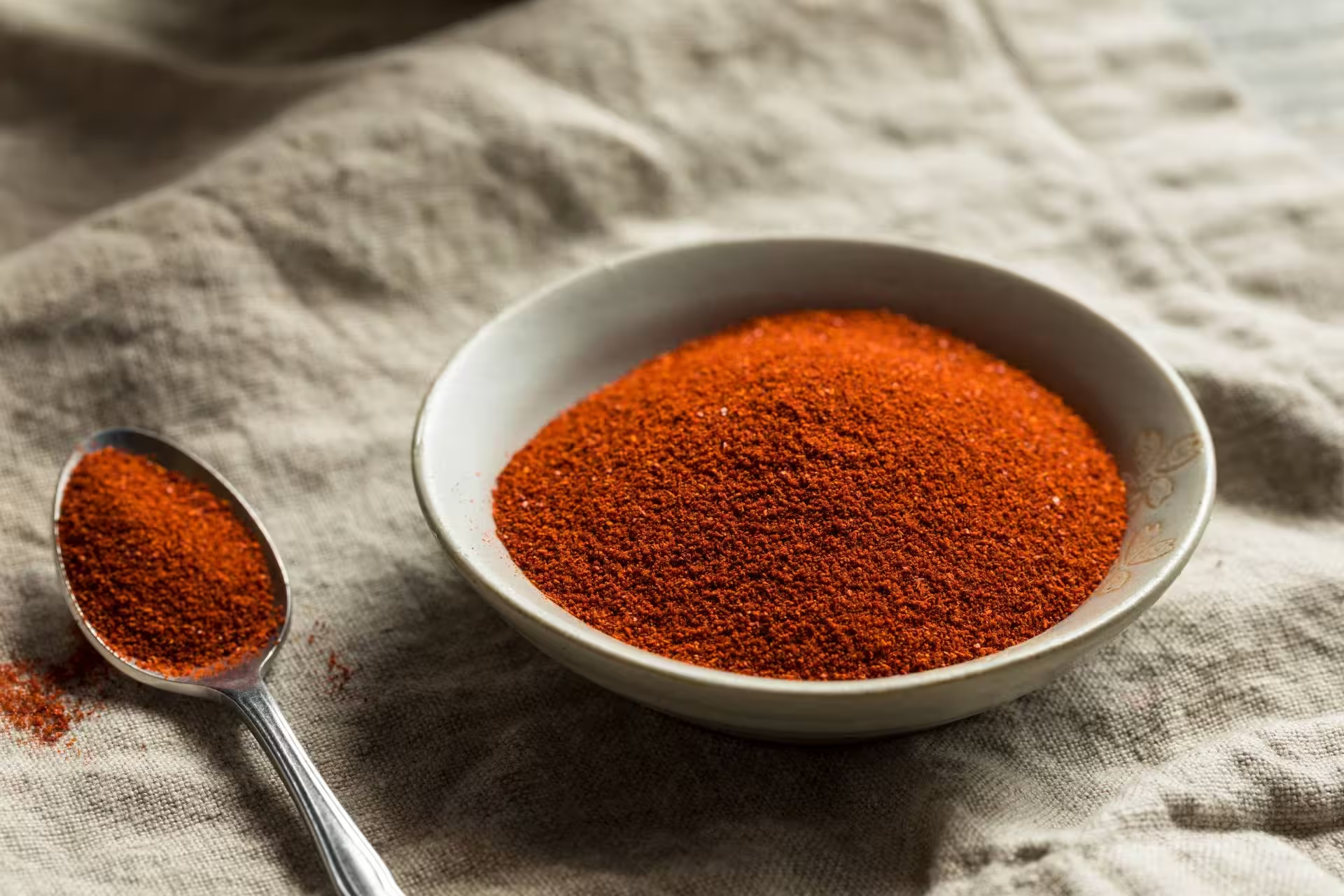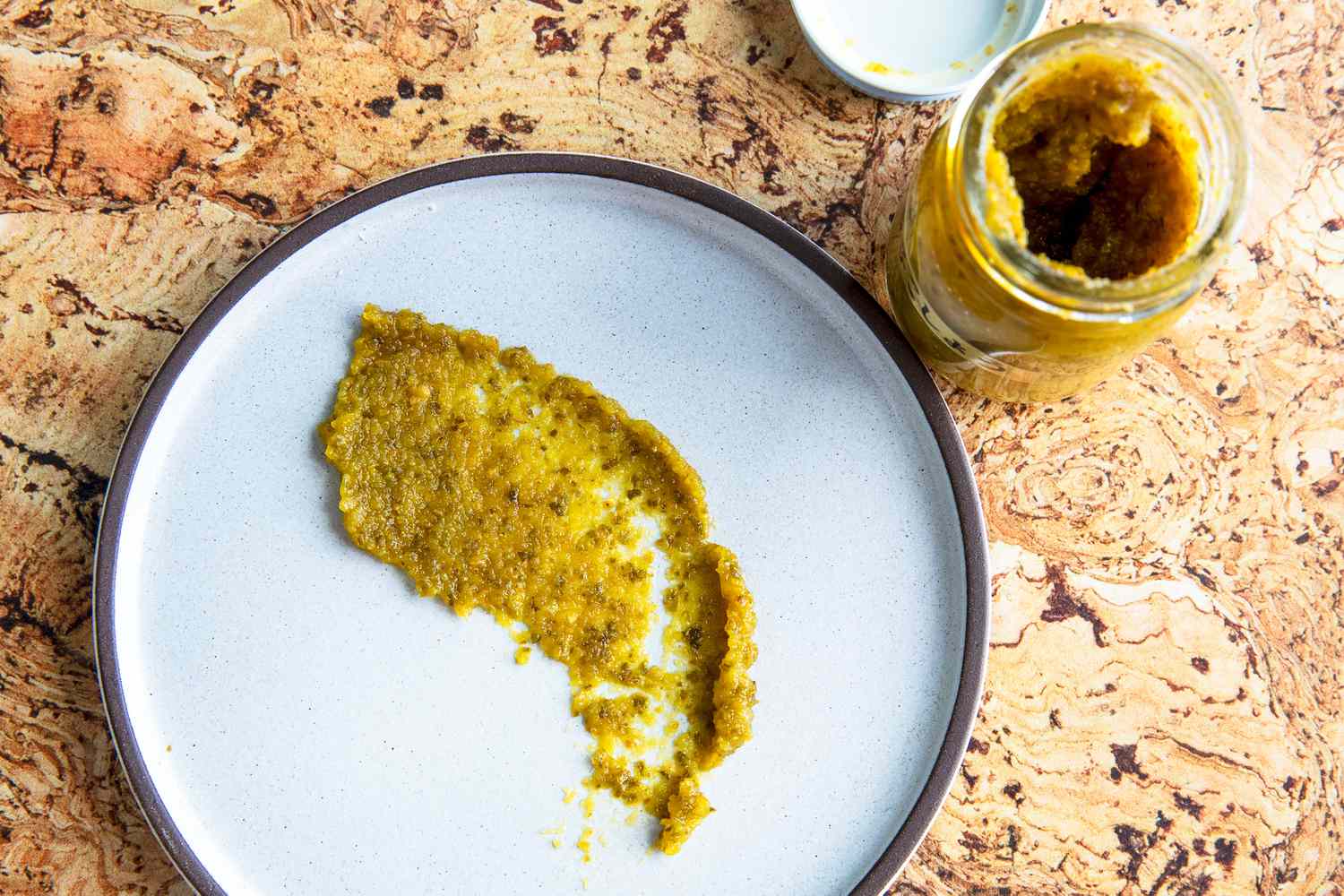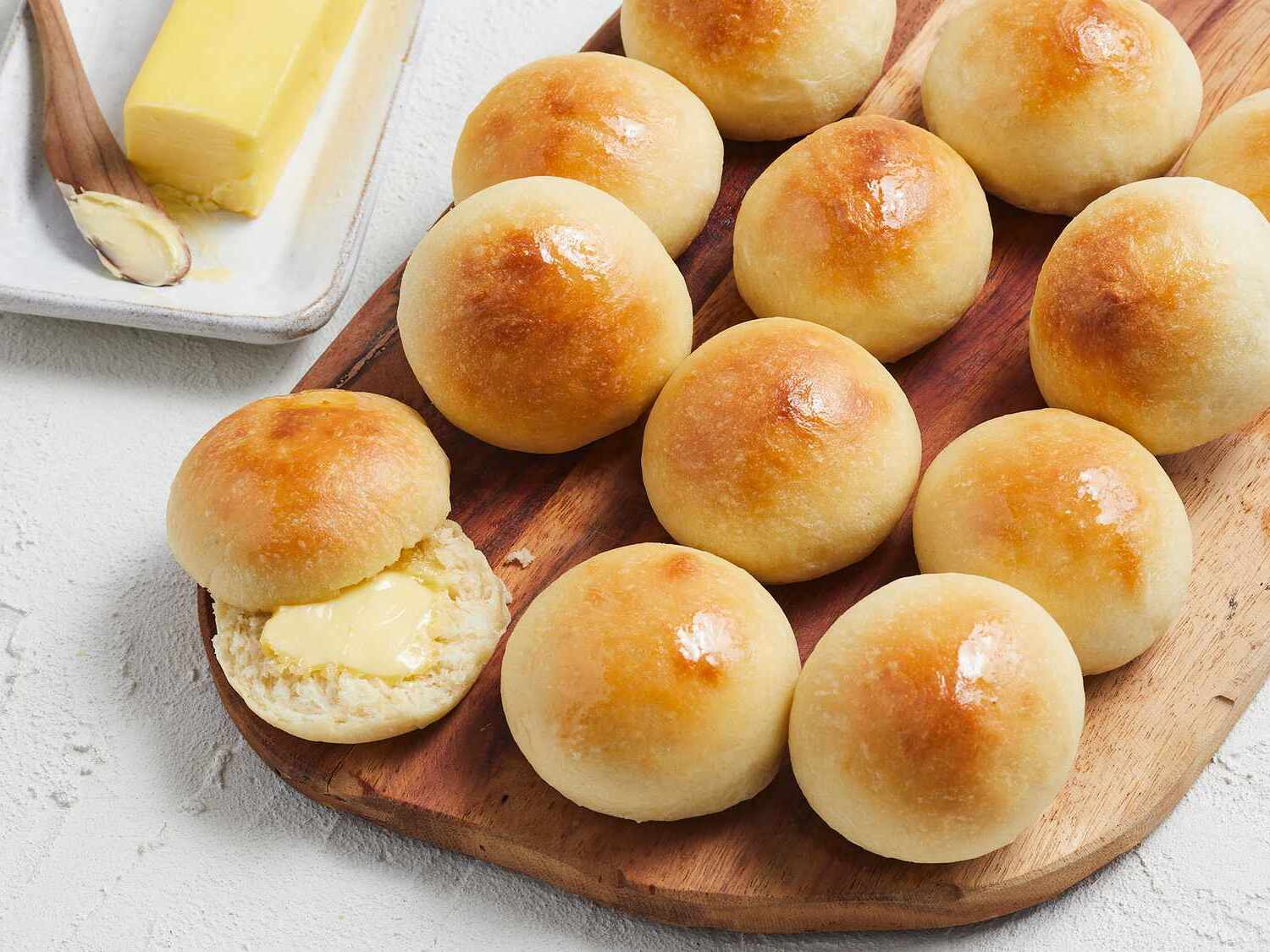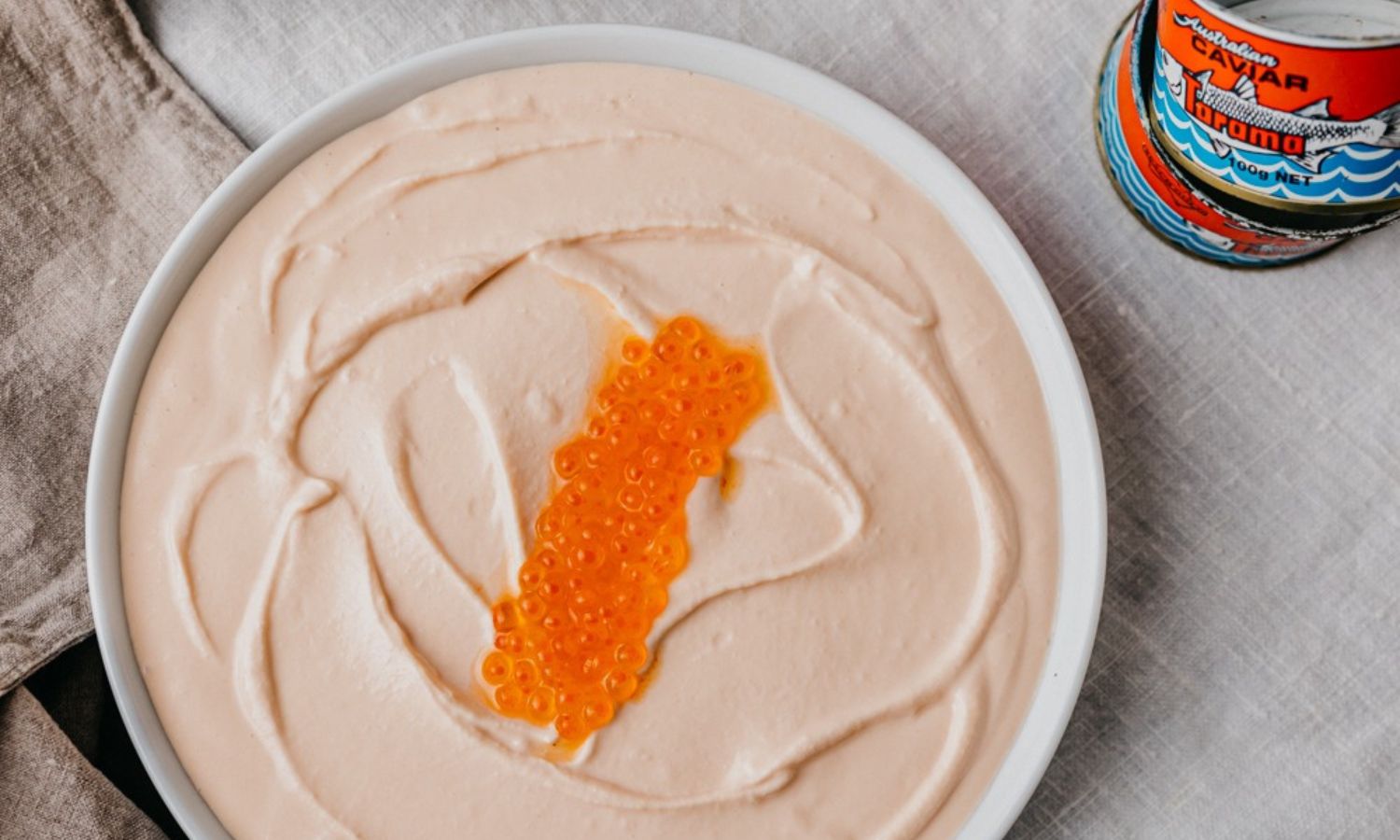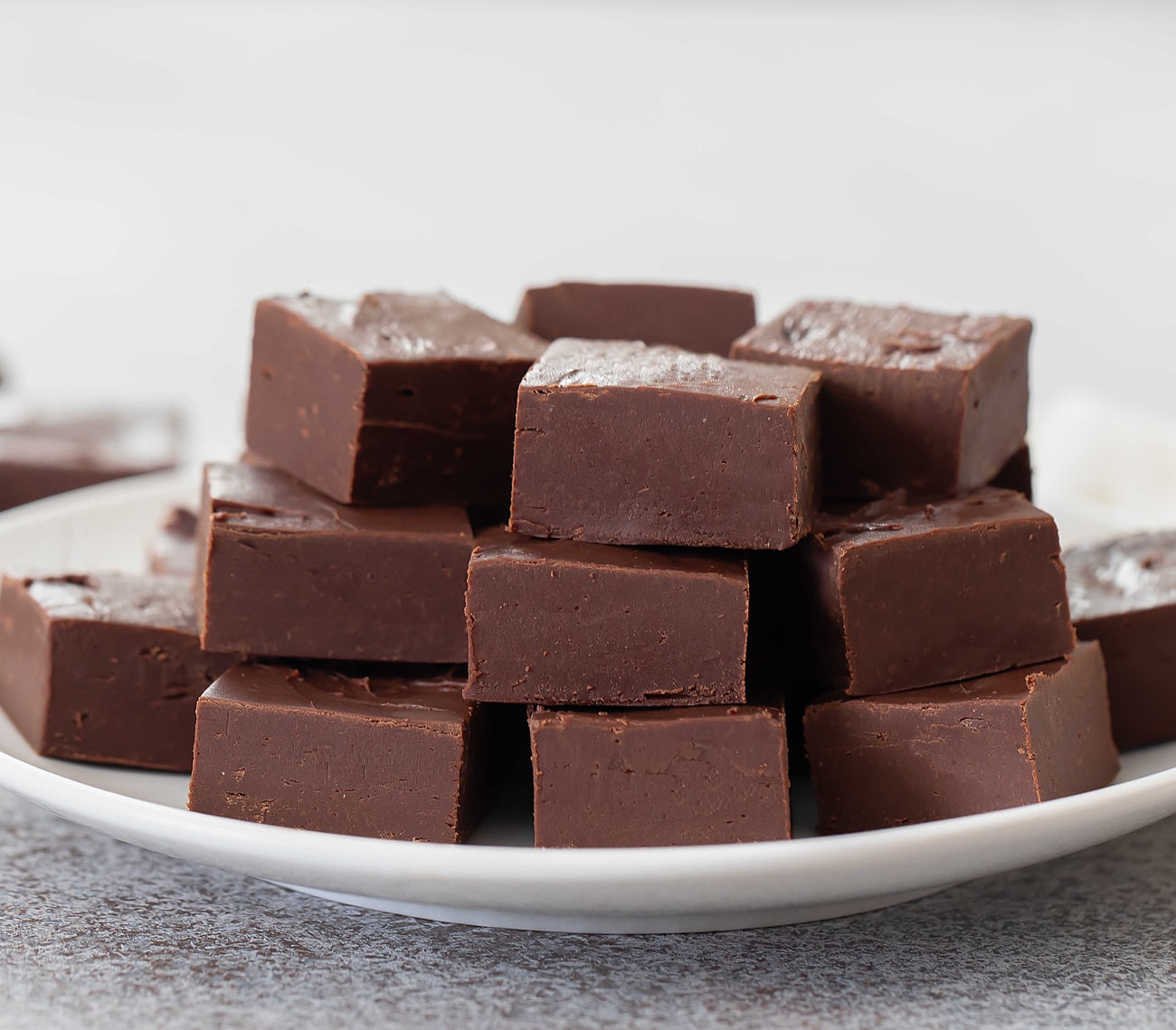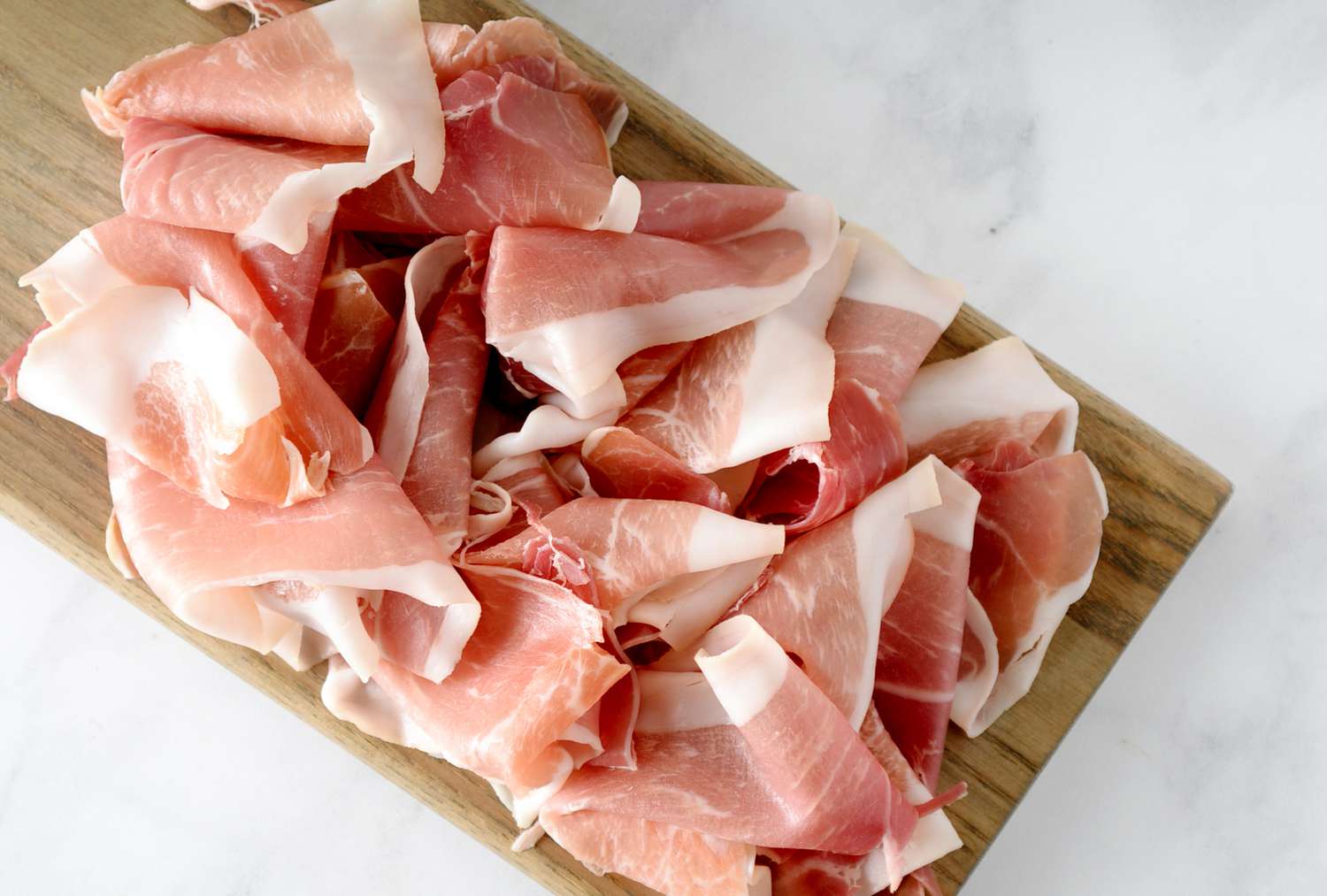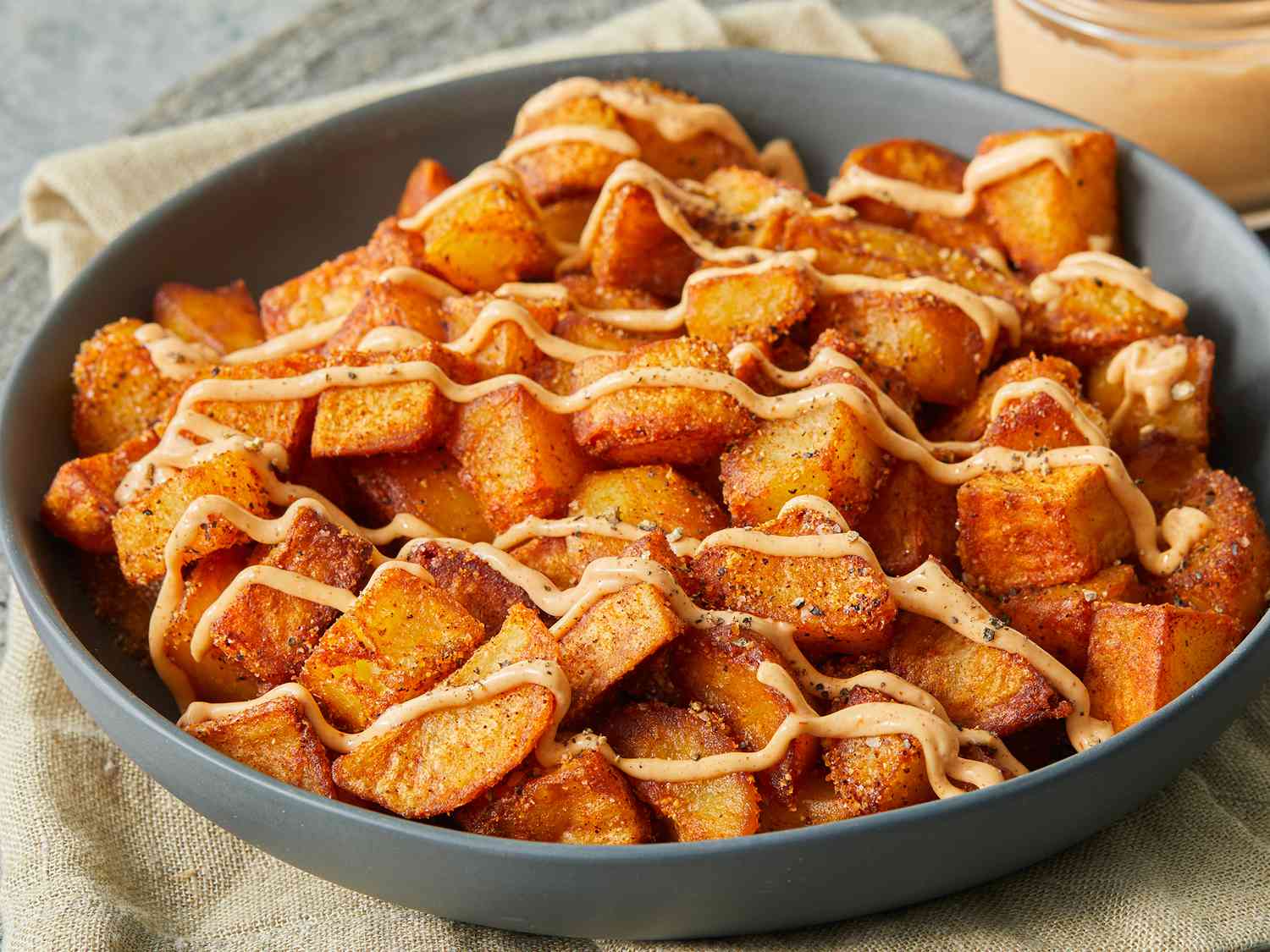Unraveling the Mystery of Ube
Have you ever heard of ube? If not, you’re in for a treat! Ube is a vibrant purple yam that hails from the Philippines and is a beloved ingredient in many Filipino and Southeast Asian dishes. This unique tuber not only adds a pop of color to dishes but also offers a delightful flavor that’s both earthy and slightly sweet.
What Does Ube Taste Like?
Ube has a distinct flavor that sets it apart from other yams and sweet potatoes. When cooked, it boasts a nutty and subtly sweet taste with hints of vanilla and even a floral undertone. Its vibrant purple hue adds an element of fun to any dish it’s incorporated into, making it a popular choice for both sweet and savory recipes.
Popular Ube Dishes
Ube is a versatile ingredient that can be used in a wide range of dishes. Here are some popular ways ube is enjoyed:
- Ube Halaya: A sweet and creamy dessert made from mashed ube, coconut milk, and condensed milk.
- Ube Ice Cream: A lusciously purple ice cream with a unique flavor that’s sure to captivate your taste buds.
- Ube Pandesal: Soft and fluffy bread rolls infused with ube, perfect for a delightful breakfast or snack.
- Ube Cake: A moist and decadent purple cake often layered with ube-flavored frosting.
Health Benefits of Ube
Besides its delightful taste and vibrant color, ube also offers a range of health benefits. It’s rich in antioxidants, vitamins, and minerals, making it a nutritious addition to your diet. Ube is packed with fiber, which is essential for digestive health, and it also contains vitamin C, which supports a healthy immune system.
Where to Find Ube
If you’re eager to try cooking with ube, you may be wondering where to find it. Ube can often be found in Asian grocery stores, particularly those specializing in Filipino or Southeast Asian ingredients. Some specialty food stores and online retailers may also carry ube in various forms, such as frozen, powdered, or as a ready-to-use paste.
Get Creative with Ube
Now that you’re familiar with ube, it’s time to get creative in the kitchen! Whether you’re whipping up a batch of vibrant purple pancakes, experimenting with ube-infused pastries, or adding a twist to your favorite desserts, there are countless ways to incorporate this unique ingredient into your culinary creations. Embrace the beauty and flavor of ube, and let your imagination run wild!
So, the next time you come across a recipe featuring ube, don’t hesitate to give it a try. You just might discover a new favorite ingredient that adds a touch of magic to your meals.
